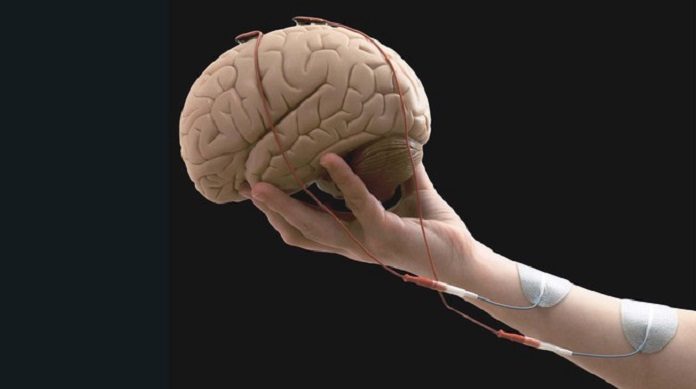Combining a brain-computer interface (BCI) with functional electrical stimulation (FES) can help stroke casualties recuperate more noteworthy utilization of their paralyzed arm – even a long time after the stroke. Scientists at the EPFL have now come up with a new approach through which stroke victims may soon be able to recover greater use of their paralyzed limbs.
Their approach involves bringing two known types of therapies – a brain-computer interface (BCI) and functional electrical stimulation (FES). Twenty-seven patients matured 36 to 76 participated in the clinical preliminary. All had a comparative injury that brought about direct to serious arm loss of motion following a stroke happening no less than ten months sooner. Half of the patients were treated with the researchers’ double treatment approach and announced clinically critical changes. The other half were dealt with just with FES and filled in as a control gathering.
José del R. Millán, who holds the Defitech Chair at EPFL said, “The key is to stimulate the nerves of the paralyzed arm precisely when the stroke-affected part of the brain activates to move the limb, even if the patient can’t actually carry out the movement. That helps reestablish the link between the two nerve pathways where the signal comes in and goes out.”
Scientists primarily used a BCI system on the 1st group to link the patients’ brains to computers using electrodes. Doing this allowed scientists to pinpoint the location of the electrical activity occurred in the brain tissue when the patients tried to reach out their hands.
Whenever the system tracked the electrical activity, it immediately invigorated the arm muscle controlling the relating wrist and finger movements. The patients in the second group likewise had their arm muscles empowered, however at random times. This control group empowered the researchers to decide the amount of the additional motor-function improvement could be credited to the BCI system.
Scientists noted a noteworthy change in arm versatility among patients in the first group after only ten one-hour sessions. At the point when the full round of treatment was finished, some of the first-group patients’ scores on the Fugl-Meyer Assessment – a test used to evaluate motor recovery among patients with post-stroke hemiplegia – were over twice as high as those of the second group.
Millán said, “Patients who received the BCI treatment showed more activity in the neural tissue surrounding the affected area. Due to their plasticity, they could help make up for the functioning of the damaged tissue.”
Electroencephalographies (EEGs) of the patients clearly showed an increase in the number of connections among the motor cortex regions of their damaged brain hemisphere, which corresponded with the increased ease in carrying out the associated movements. What’s more, the enhanced motor function didn’t seem to diminish with time. Evaluated again 6–12 months later, the patients hadn’t lost any of their recovered mobility.
Scientists reported their study in the journal Nature Communications.
